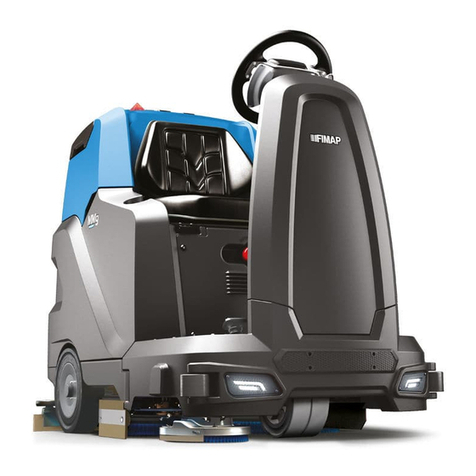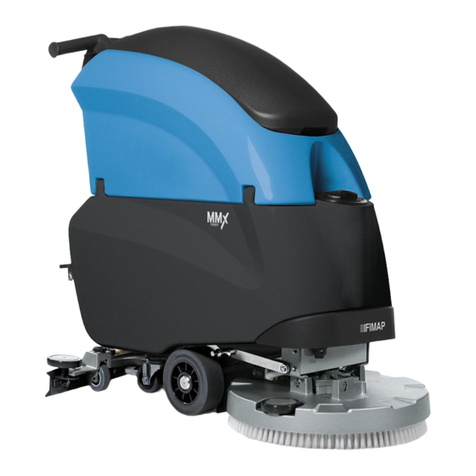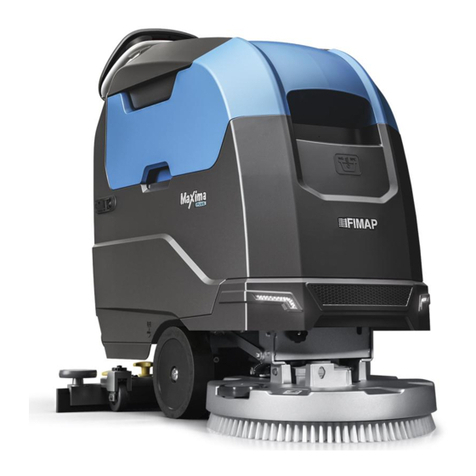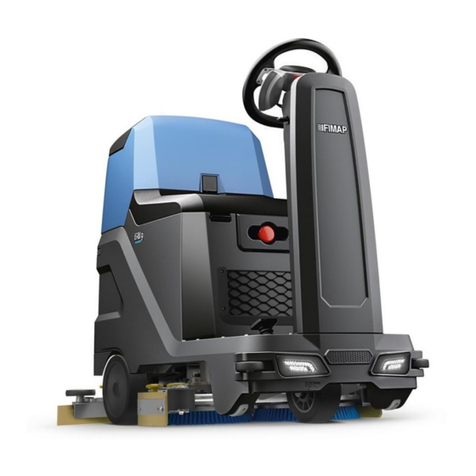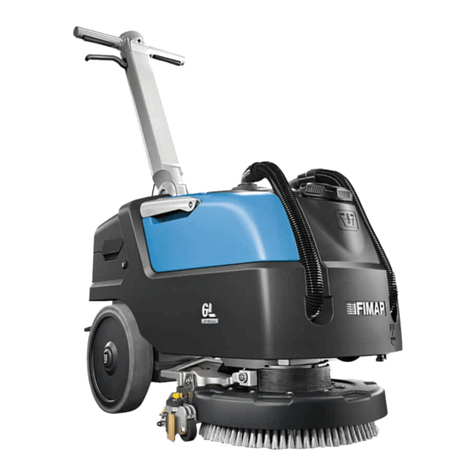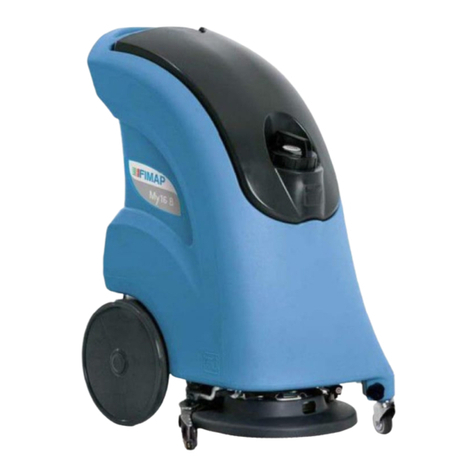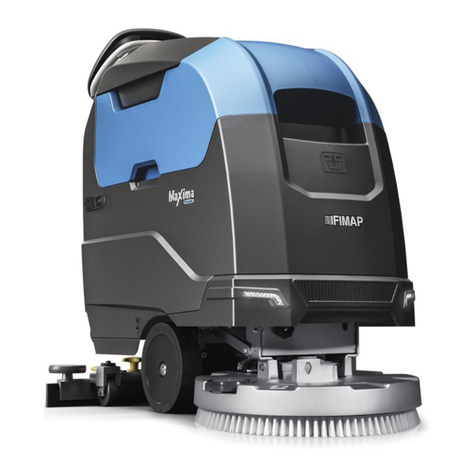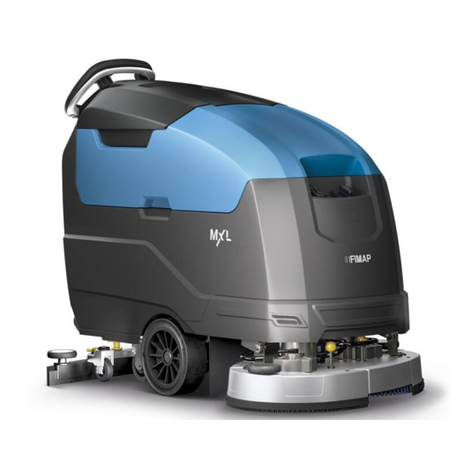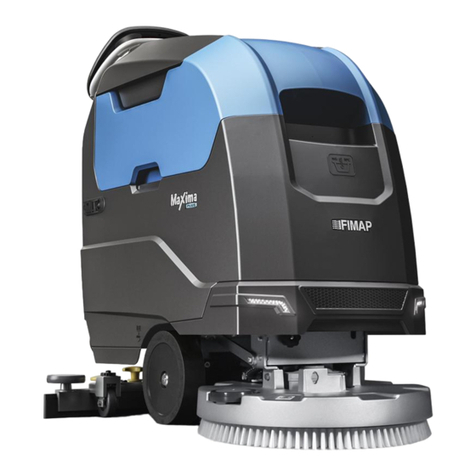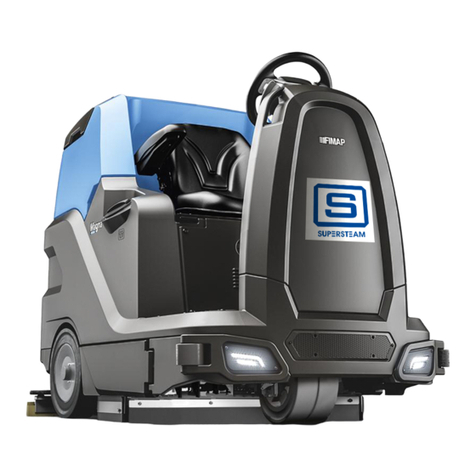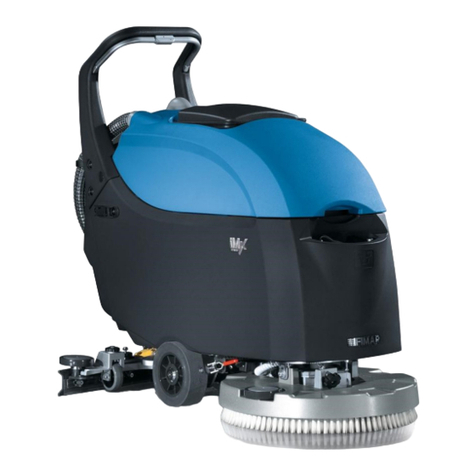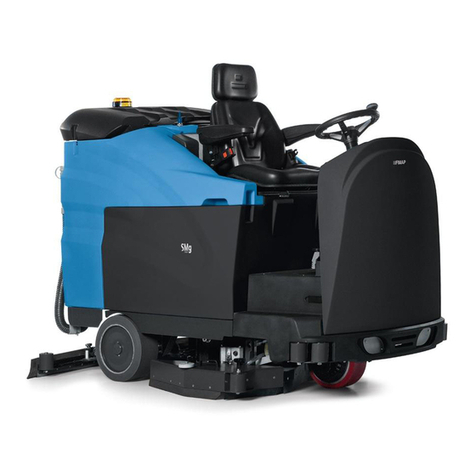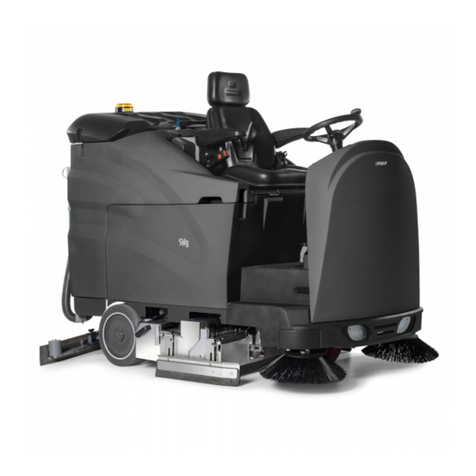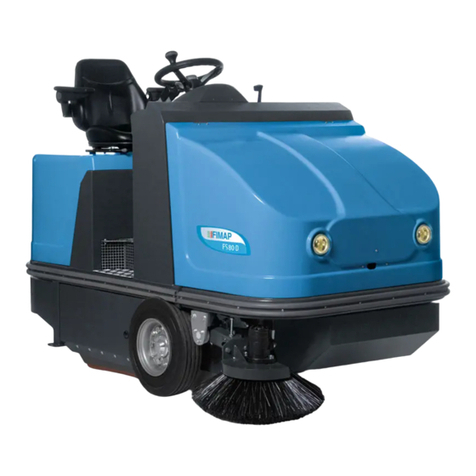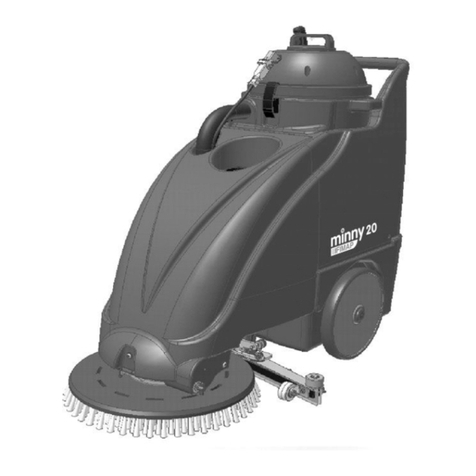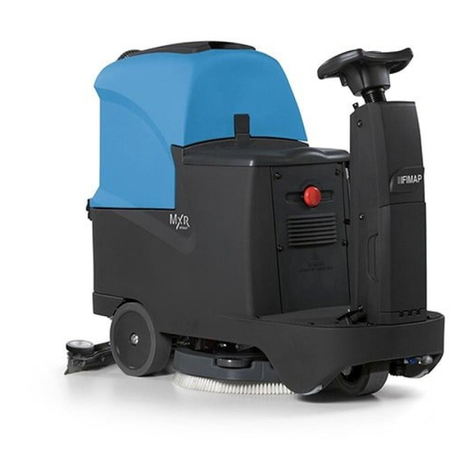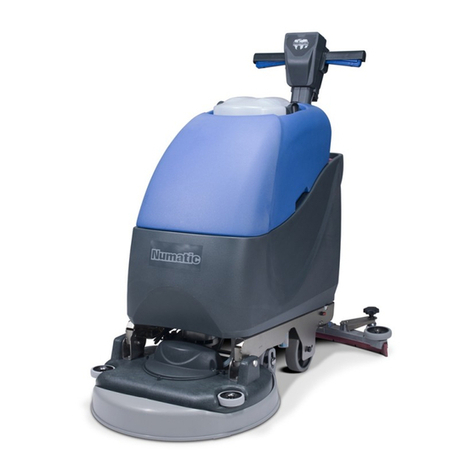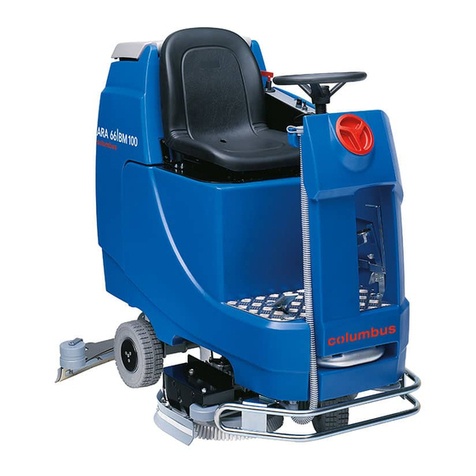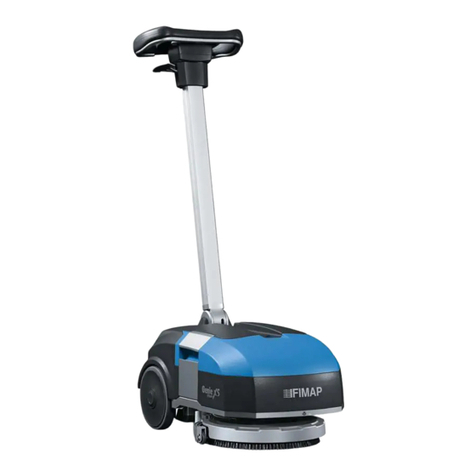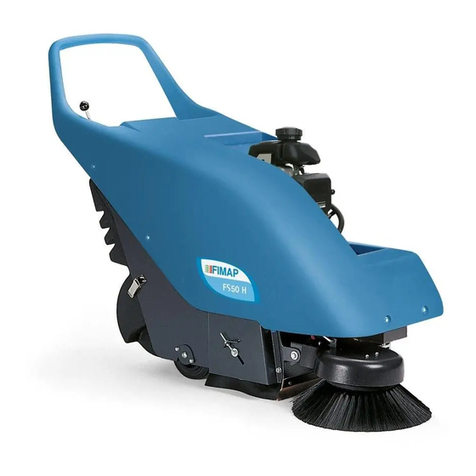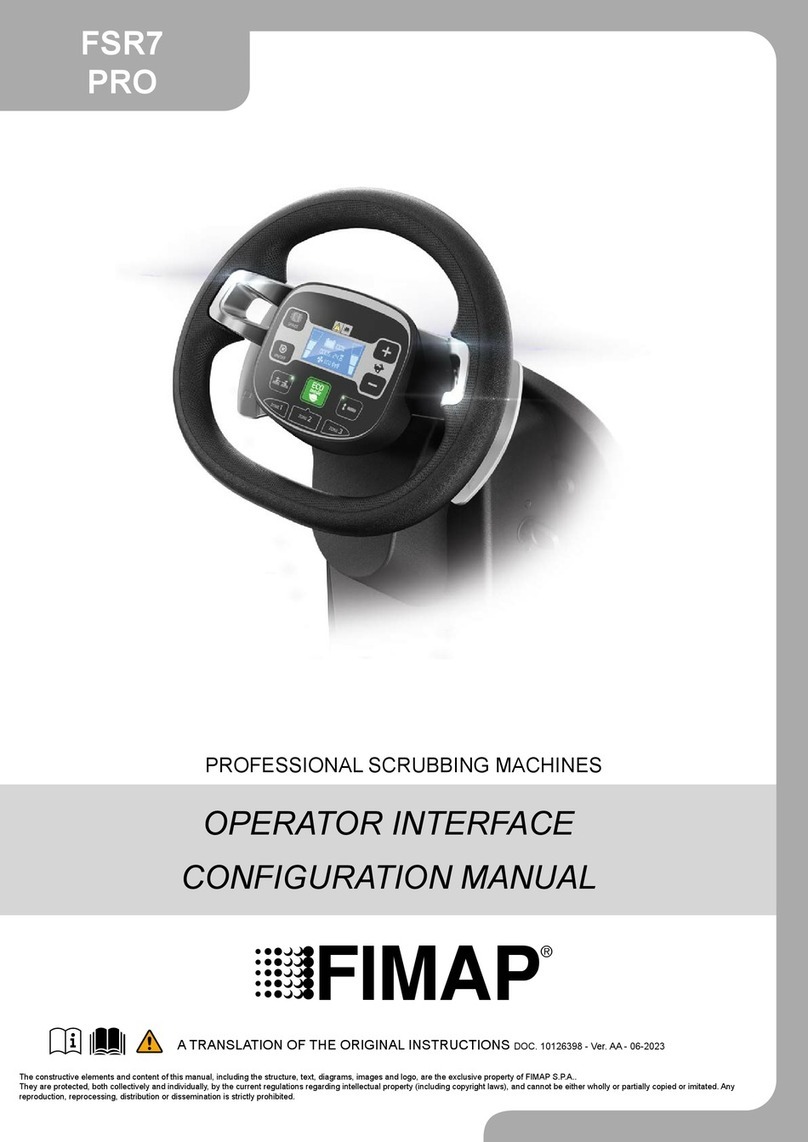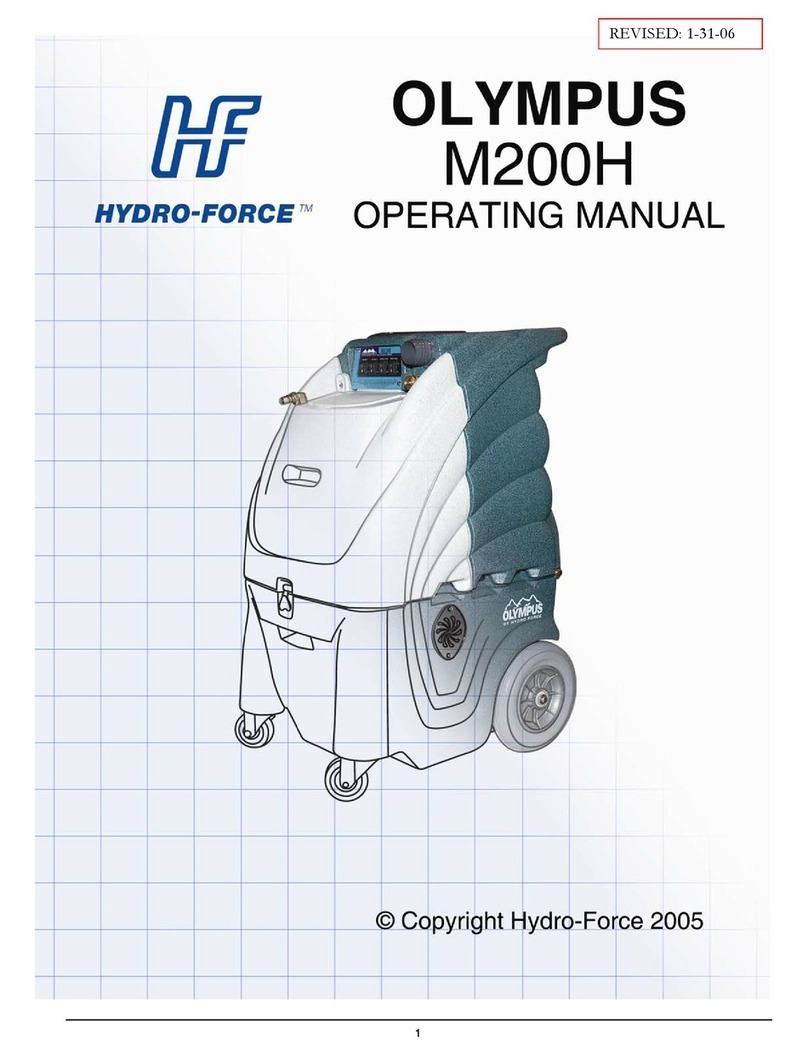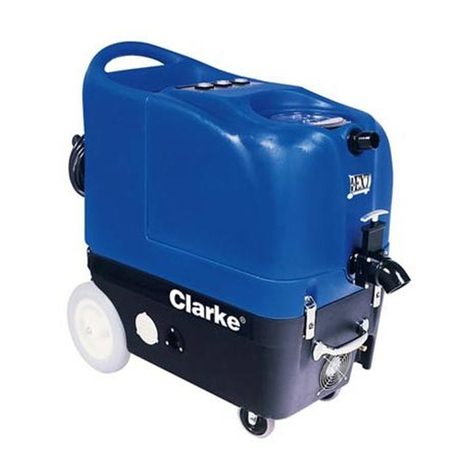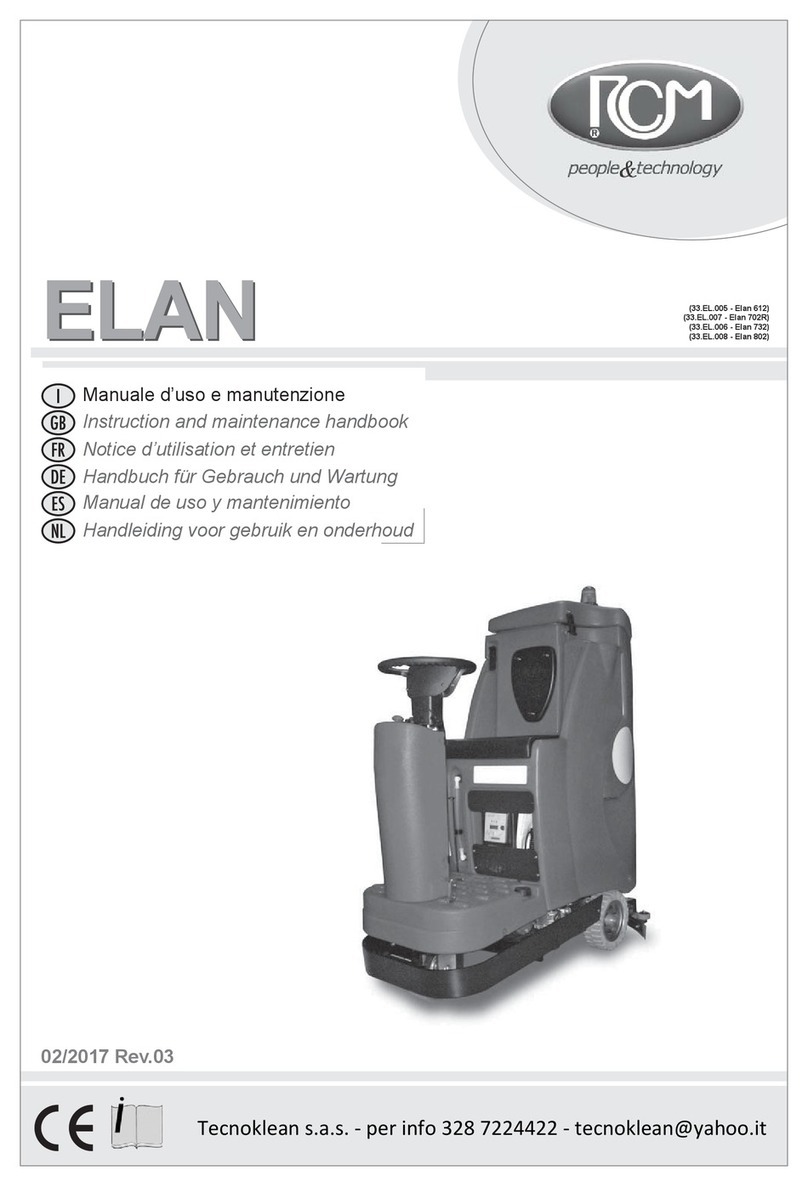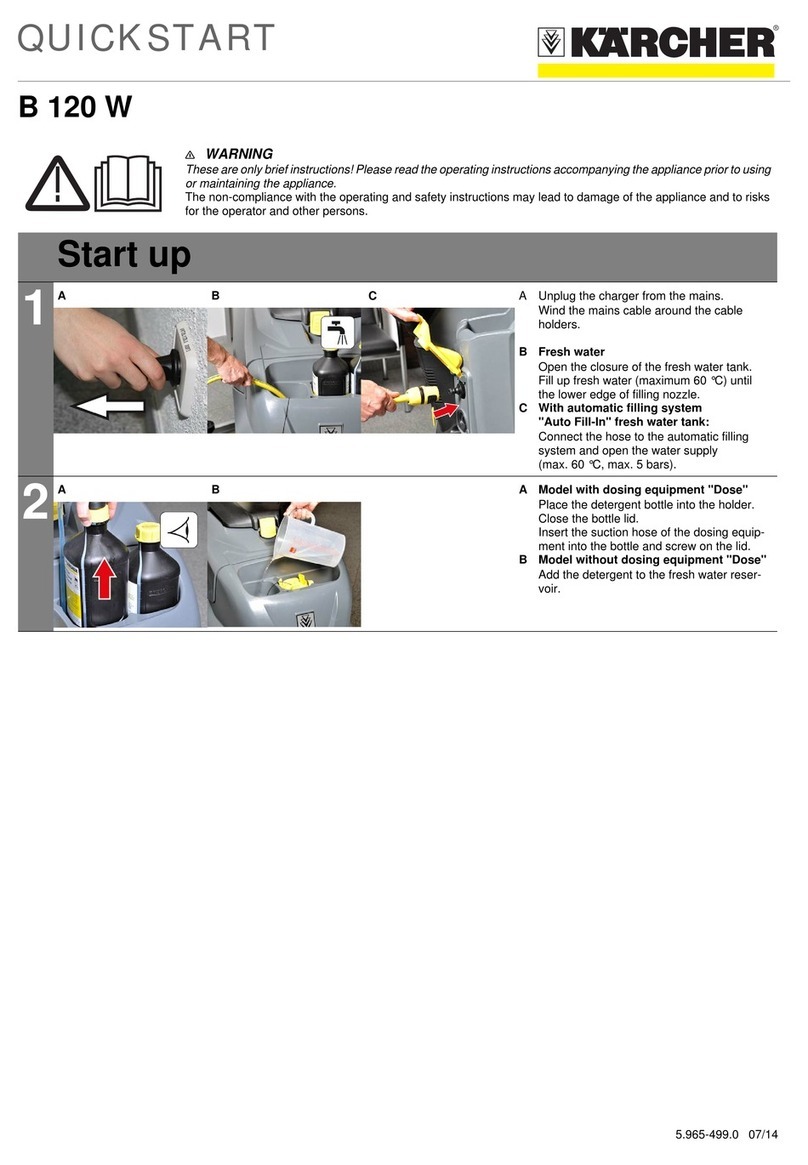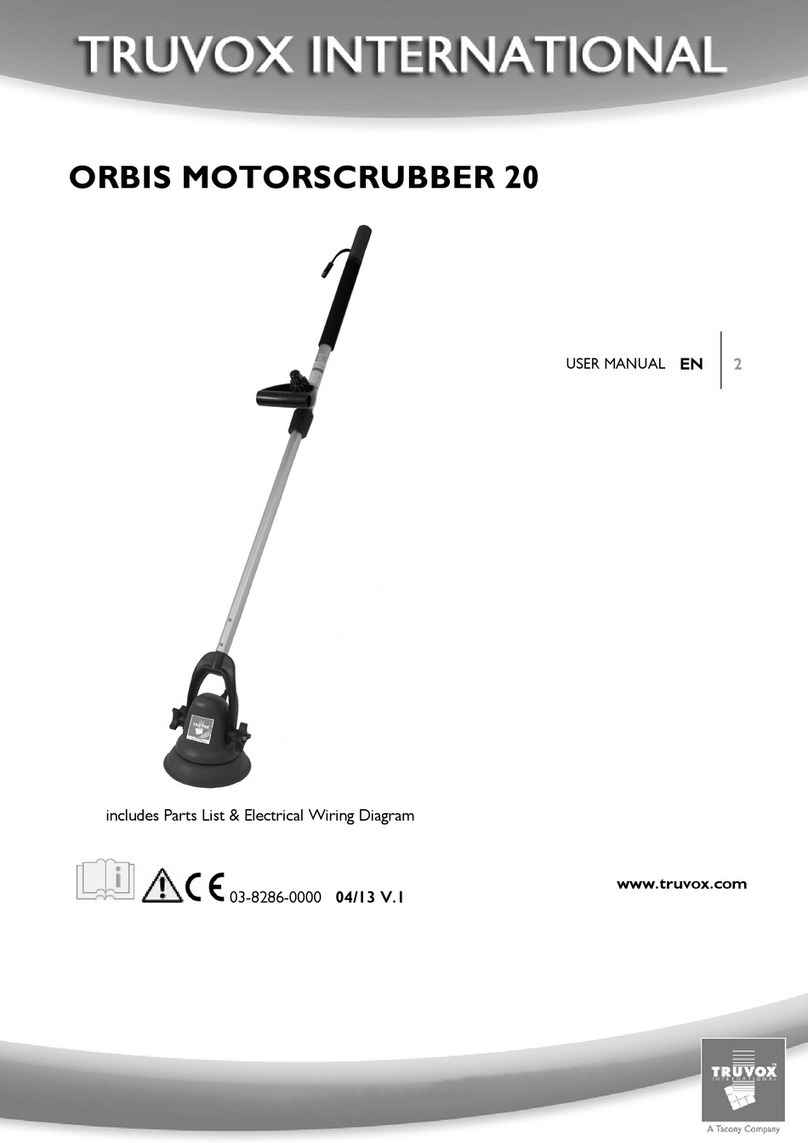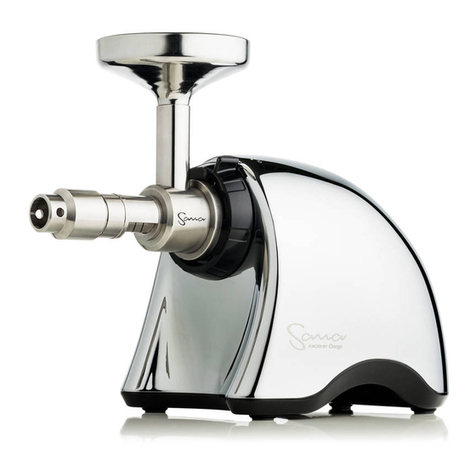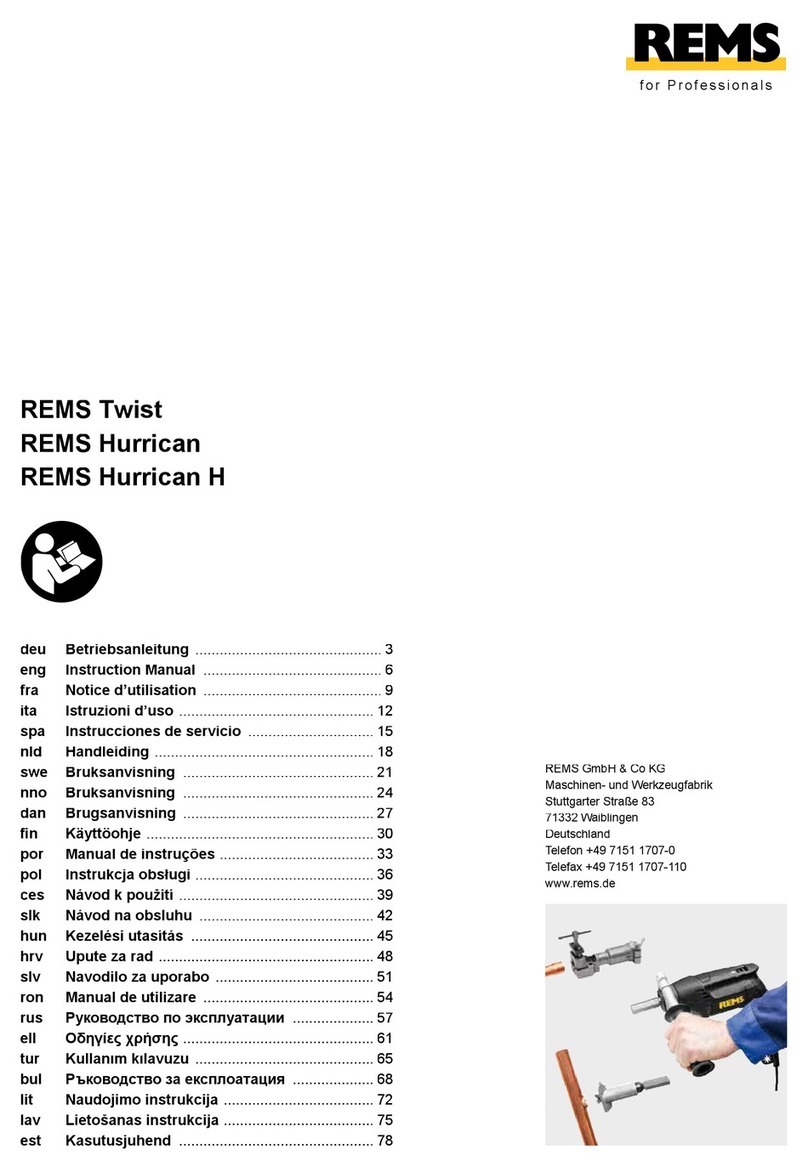
3
CONTENTS
ON CONSIGNMENT OF THE MACHINE.......................................................................................................................................4
SERIAL NUMBER PLATE .............................................................................................................................................................4
INTRODUCTORY COMMENT .......................................................................................................................................................4
INTENDED USE.............................................................................................................................................................................4
TECHNICAL DESCRIPTION..........................................................................................................................................................5
SYMBOLS USED ON THE MACHINE...........................................................................................................................................6
GENERAL SAFETY REGULATIONS ............................................................................................................................................7
MACHINE PREPARATION ............................................................................................................................................................8
1. HANDLING THE PACKED MACHINE................................................................................................................................8
2. HOW TO UNPACK THE MACHINE....................................................................................................................................8
3. HANDLING AND TRANSPORTATION OF THE UNPACKED MACHINE ..........................................................................8
4. INSERTING/CONNECTING THE BATTERIES..................................................................................................................9
5. CONNECTING THE CONNECTOR..................................................................................................................................10
6. TYPE OF BATTERY.........................................................................................................................................................10
7. BATTERY MAINTENANCE AND DISPOSAL...................................................................................................................10
8. CHARGING THE BATTERY (WITH BUILT-IN BATTERY CHARGER)............................................................................11
9. BATTERY INDICATOR.....................................................................................................................................................12
10. INSTRUMENT PANEL COMPONENTS ..........................................................................................................................12
MACHINE PREPARATION ..........................................................................................................................................................13
11. FIXING THE HANDLEBARS............................................................................................................................................13
12. SOLUTION TANK ............................................................................................................................................................13
13. DETERGENT SOLUTION................................................................................................................................................13
14. RECOVERY TANK...........................................................................................................................................................14
15. ASSEMBLING THE BRUSH ............................................................................................................................................14
WORK ..........................................................................................................................................................................................15
1. PREPARING TO WORK..................................................................................................................................................15
2. OVERFLOW DEVICE.......................................................................................................................................................15
3. FORWARD MOVEMENTS...............................................................................................................................................15
AT THE END OF THE WORK......................................................................................................................................................16
DAILY MAINTENANCE................................................................................................................................................................17
1. CLEANING THE RECOVERY TANK...............................................................................................................................17
2. CLEANING THE FRONT AND REAR SQUEEGEES......................................................................................................17
3. REPLACING THE SQUEEGEE RUBBERS.....................................................................................................................18
4. DISASSEMBLING THE BRUSH.......................................................................................................................................18
PERIODIC MAINTENANCE.........................................................................................................................................................19
1. CLEANING THE SQUEEGEE TUBE...............................................................................................................................19
2. CLEANING THE SOLUTION TANK AND FILTER...........................................................................................................19
TROUBLESHOOTING .................................................................................................................................................................20
1. ELECTRICAL SYSTEM SAFETY ....................................................................................................................................20
2. INSUFFICIENT WATER ON THE BRUSHES..................................................................................................................20
3. THE MACHINE DOES NOT CLEAN WELL .....................................................................................................................20
4. THE SQUEEGEE DOES NOT DRY PERFECTLY...........................................................................................................20
5. EXCESSIVE FOAM PRODUCTION.................................................................................................................................20
CHOOSING AND USING THE BRUSHES...................................................................................................................................21
MACHINE DISPOSAL..................................................................................................................................................................22
EC DECLARATION OF CONFORMITY.......................................................................................................................................23

